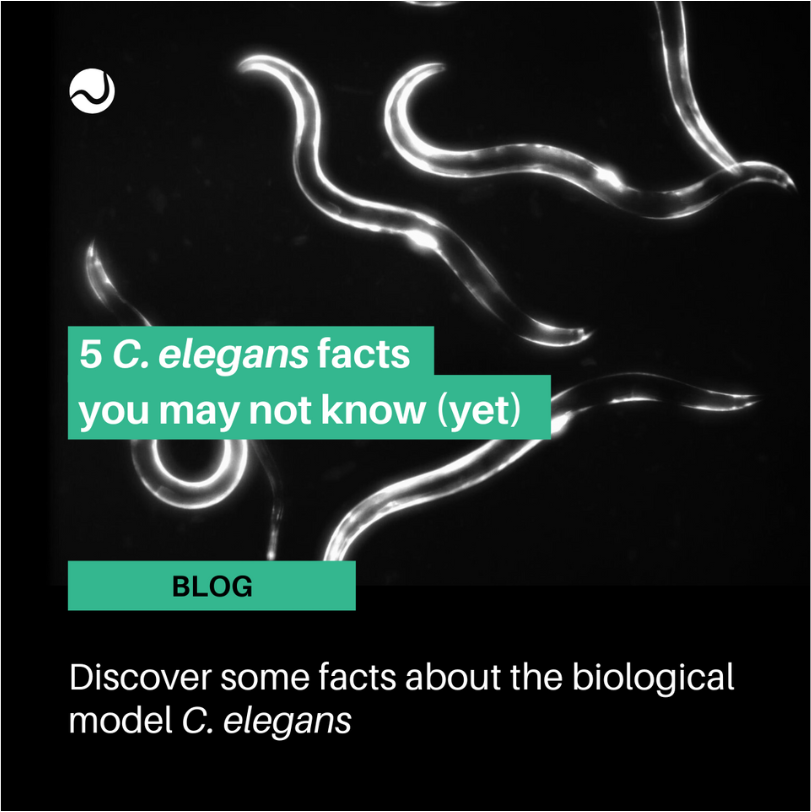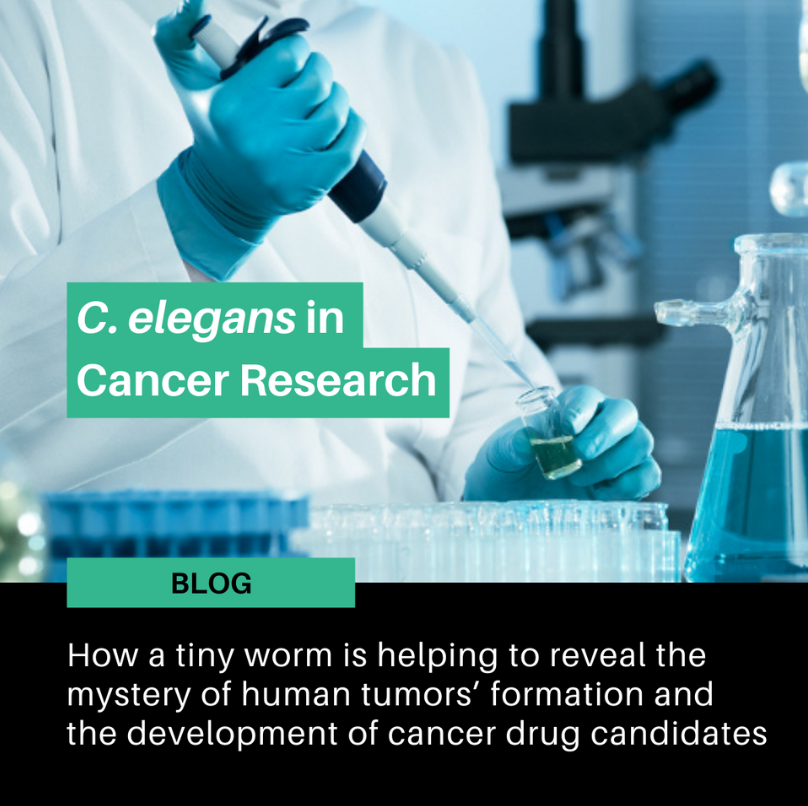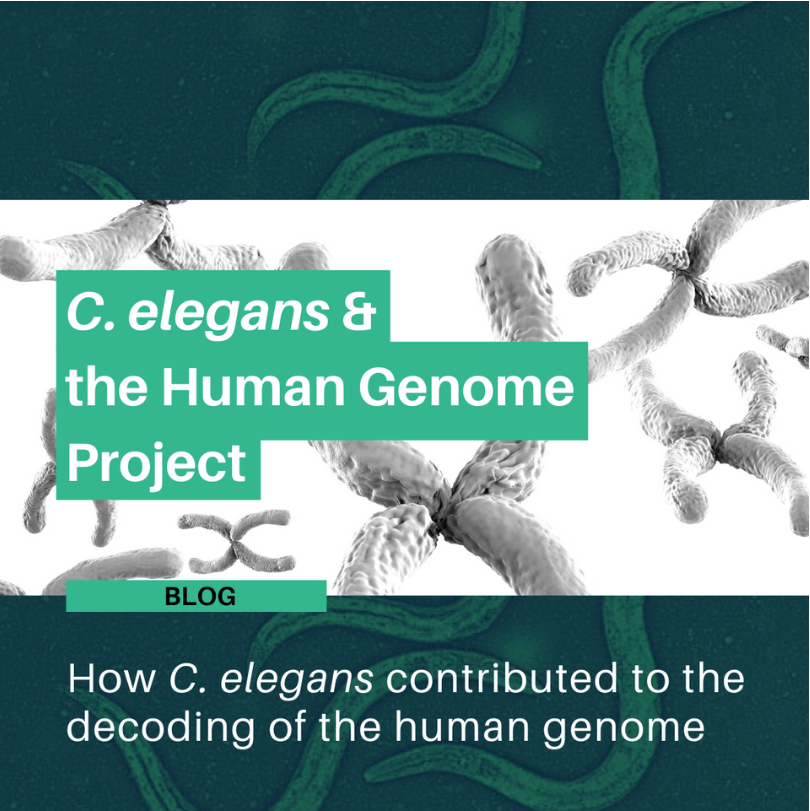
We are back with our C. elegans facts blog post. Since their discovery in 1900 by the zoologist Émile Maupas, Caenorhabditis elegans have helped to unveil numerous biological mysteries. Do you know some of the most important ones? If your answer is no, maybe you would like to check out our first 5 C. elegans facts you may not know (yet) post. But for now, let’s continue this journey.
1. Who said you need a partner?
A common question we get when we show the time-lapse videos taken by Nagi’s high-content screening platform is, how did a single worm end up putting eggs? Was she fertilized before entering the Nagi Chip?
The answer is hermaphroditism. C. elegans worms can be either hermaphrodites, meaning that they can self-fertilize and, hence, have progeny by themselves, or males. In this last case, male worms can also fertilize hermaphrodite worms. As shown in the video on the right, a single worm confined in one of the chambers of a Nagi Chip can produce eggs by itself, allowing us to run Reproductive Toxicology Assays as in this example.
Bonus: A C. elegans worm can produce around 300 eggs during its whole reproductive period.
2. Adapt or die
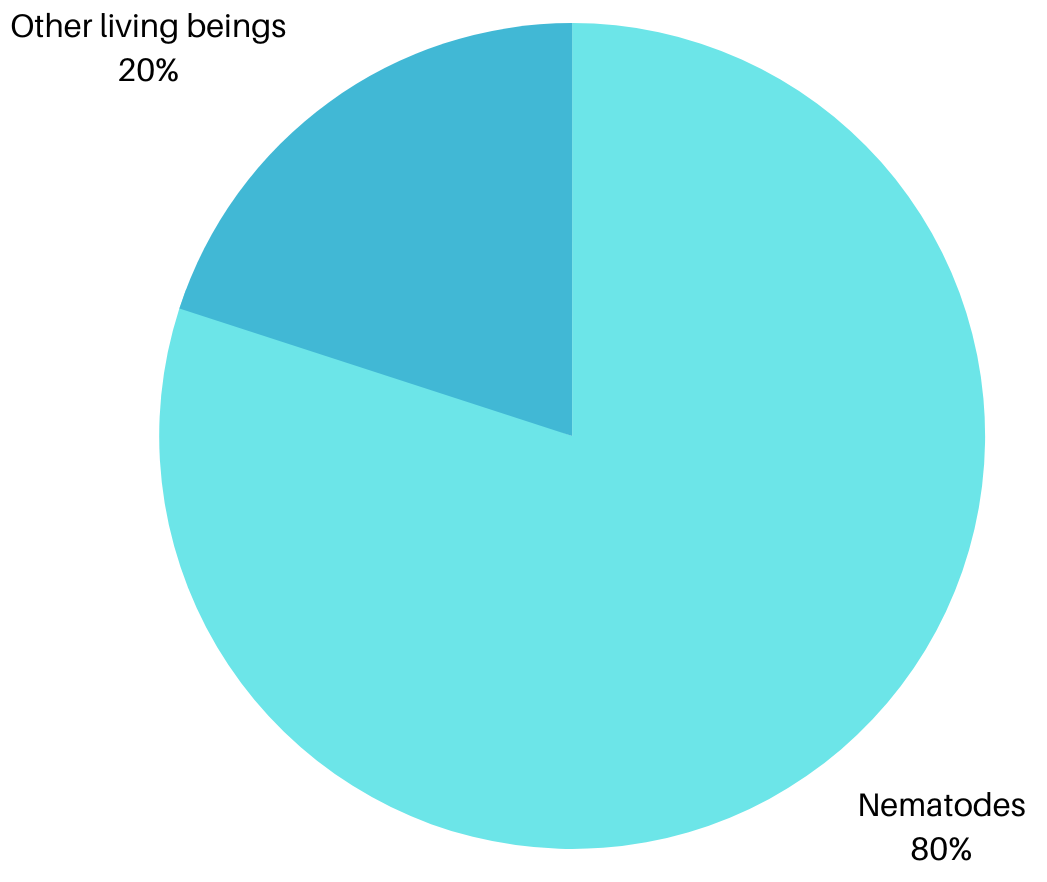
Nematodes stand for the motto adapt or die. Well, not that dramatic but it is true that they successfully adapted to almost every ecosystem on earth, from the seas to all kinds of soils and even polar regions. And this means one thing: nematodes (roundworms) outnumber all other species on Earth. Do you want to get shocked? Nematodes represent 90% of all animals living on the ocean floor. Do you want to get even more shocked? There are approximately 6 billion nematodes per human.

Nathan Cobb, considered the father of nematology in US, illustrated the number of nematodes on Earth as:

3. It’s the numbers for me
The third fact of the last post was about how the C. elegans genome was the first animal genome to be sequenced. Now it only seems right to add more DNA facts to that.
The C. elegans genome counts with 100 million base pairs. As a comparison, the human genome has 3 billion base pairs. And now it’s when it gets interesting, the C. elegans genome contains around the same number of genes (about 20.500 genes) than the human DNA, while we share 60-80% of homologous genes.
The good news? Many C. elegans genes have human counterparts, making those roundworms a really useful model organism to study human diseases.
4. The beauty of the simple things
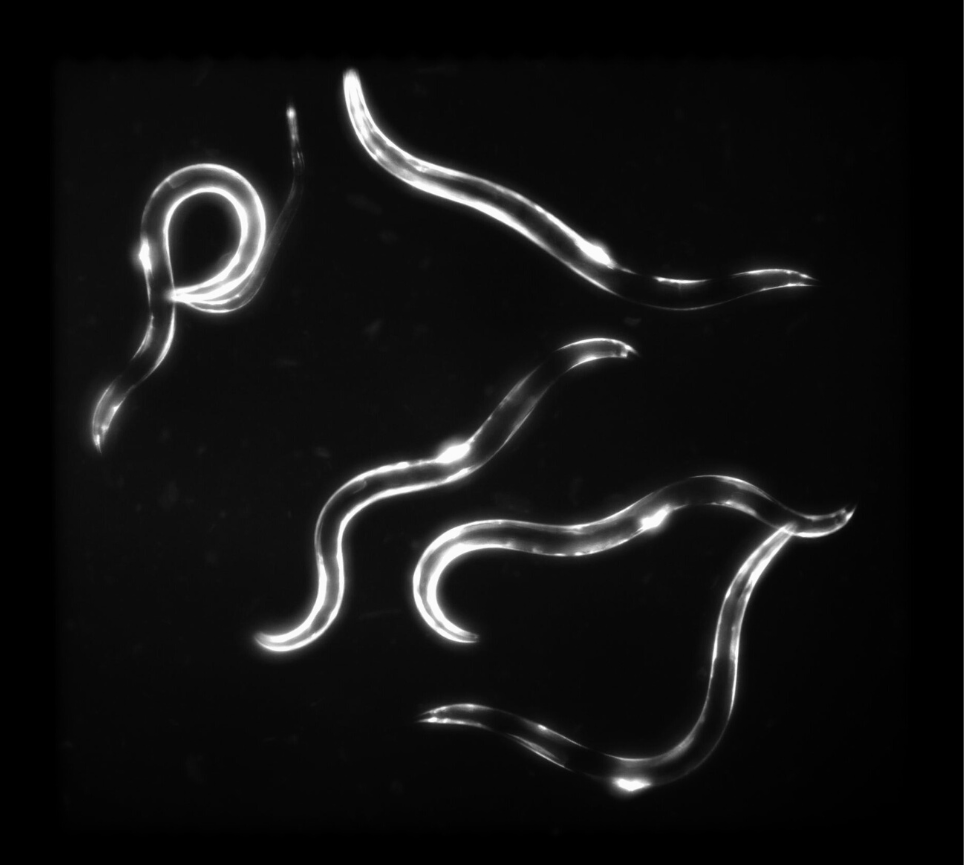
It is quite straightforward that C. elegans are easy to observe due to their transparent anatomy among other reasons. But, what about the analysis? C. elegans are very well studied and characterized and they have a quite unique feature: their development is very specific since their cells divide and specialize in a well-known way, making them a very attractive model for multiple application studies. Did you know that thanks to that feature we can trace back cells to the embryo? This can be possible since the lineage of all the 959 somatic cells of C. elegans are known, hence, traceable.
5. But, how do we study human diseases on C. elegans?
How such a simple organism can be useful to study human diseases for example? As covered in the first issue of our C. elegans facts blog posts, those tiny roundworms have been unveiling human mysteries for more than 60 years. Now the question is how.
Well, many signaling pathways controlling C. elegans development are also found in vertebrates. And you guess it right, also in us. Mutant, transgenic and “humanized” worm strains are used to study gene function. C. elegans are known for their ease of genetic manipulation. Single genes can be simply inactivated by feeding the worms with bacteria expressing dsRNA against the gene of interest (RNA interference method). Nowadays, any specific strain can be generated easily “on-demand” using modern CRISPR-Cas9 techniques.
And the outtake of all of this information? C. elegans constitute a really good model for drug candidates’ screening using either wild or mutant worms for specific diseases. You want some examples, don’t you? For instance neurodegenerative illnesses such as Alzeimer or Parkinson, metabolic diseases, cancer or, as covered in last week’s blog post, auditory neurological research.
Bonus: Finally you can automate your research on C. elegans
Whether you are working (or had worked) with C. elegans or you are thinking of implementing this model organism in your research, manual handling and non-automated protocols are certainly a constraint. Until yesterday, at least.
The acceleration of research is our drive and that is why we developed the first Organism-on-Chip technology. But, what does this mean? Our SydLab System is an end-to-end automated high-content screening solution for drugs and other substances’ testing on small organisms, like our beloved C. elegans nematodes.
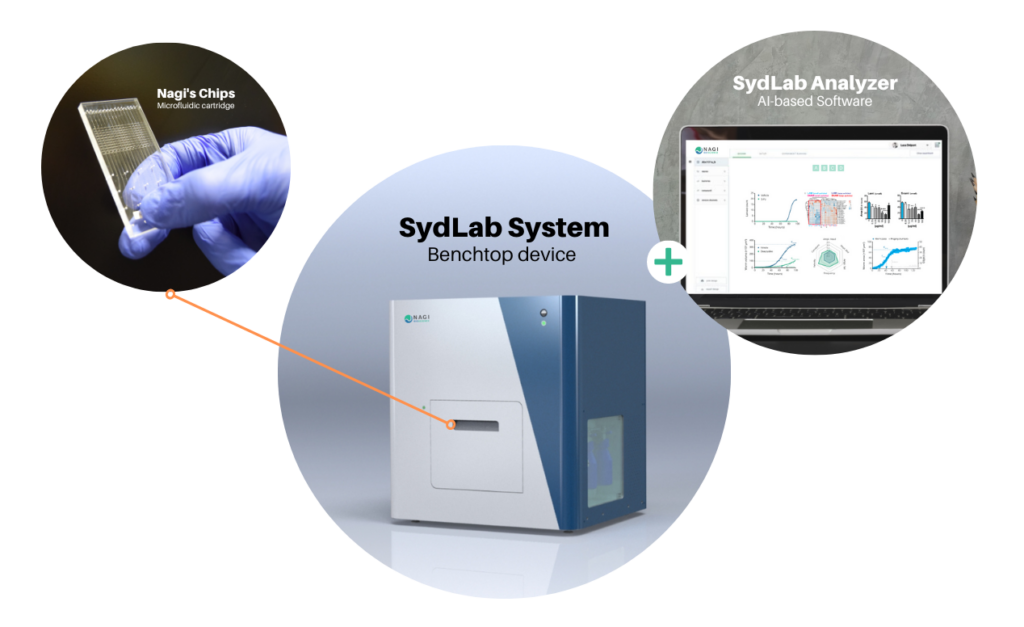
- 20 times faster, up to 64 different conditions per run
- 4 Nagi chips per device per bio-assay
- AI-based image processing and analysis
Curious about how it works? Contact us and unlock the potential of the SydLab System.

